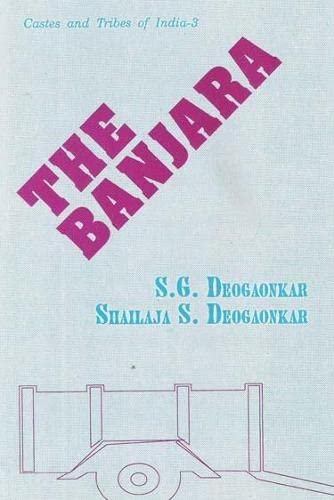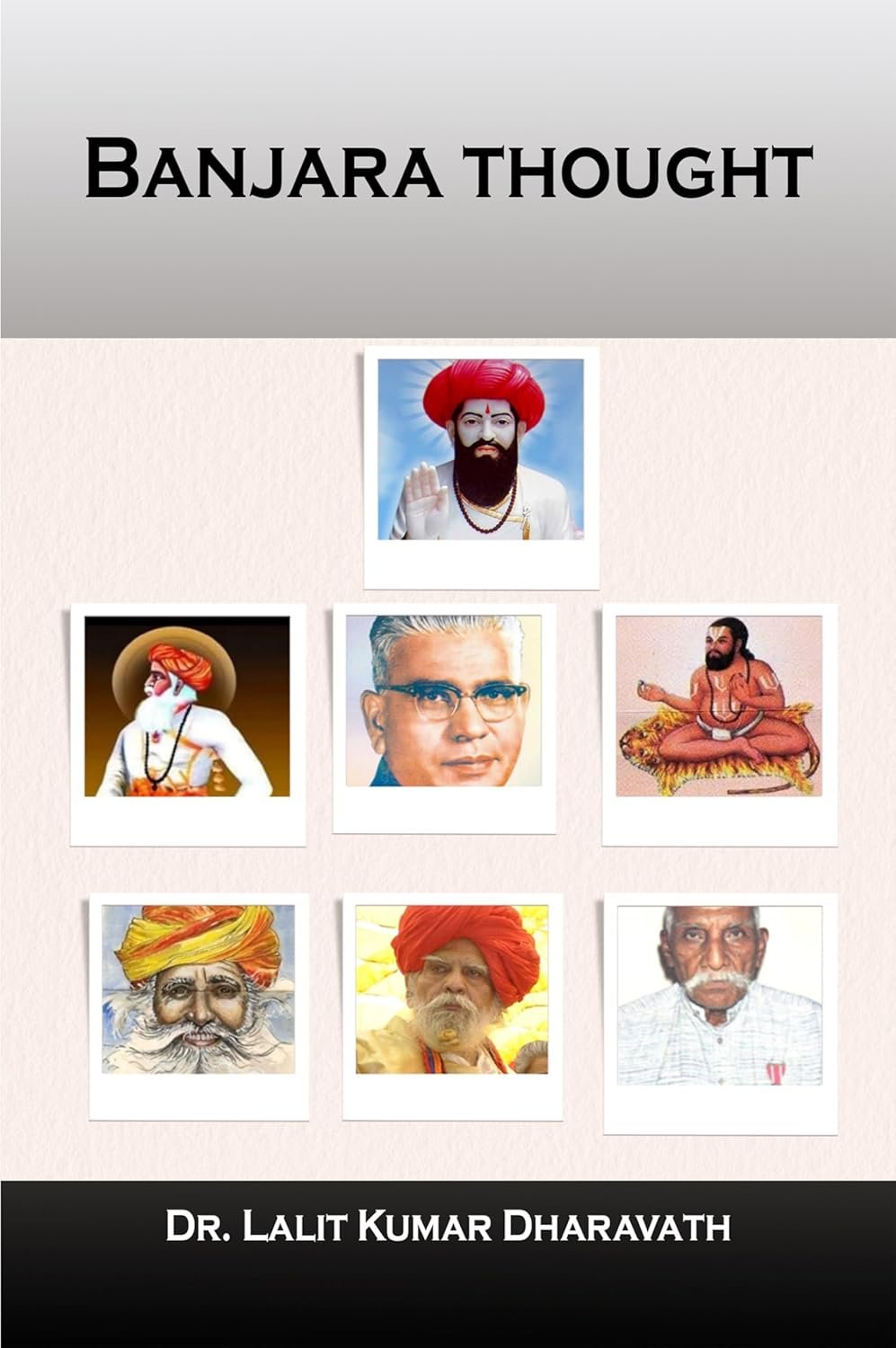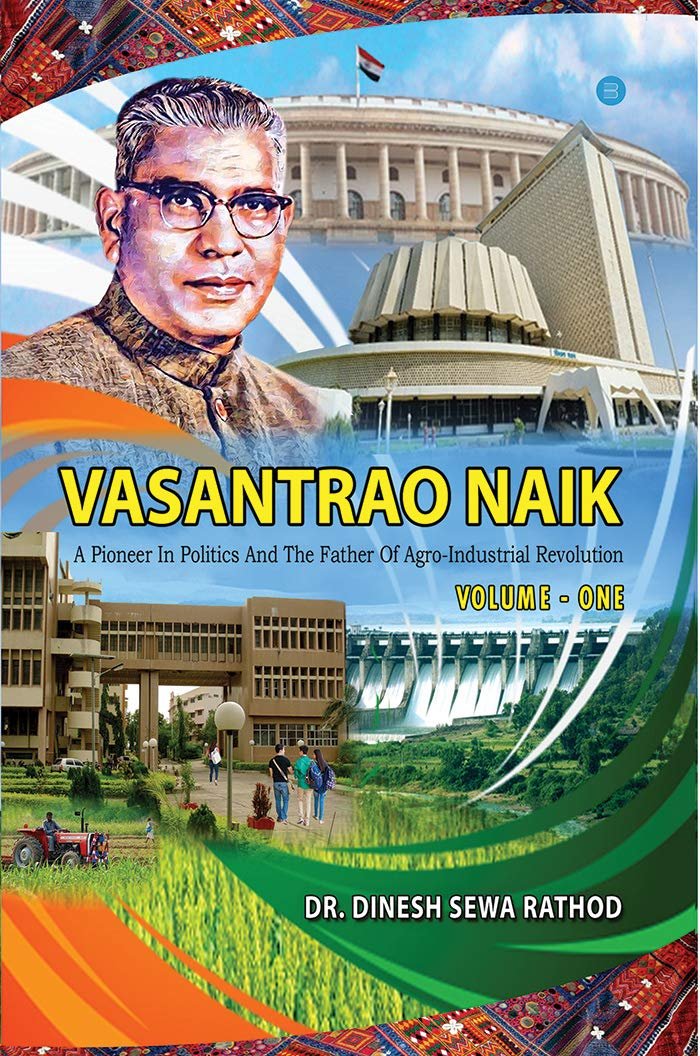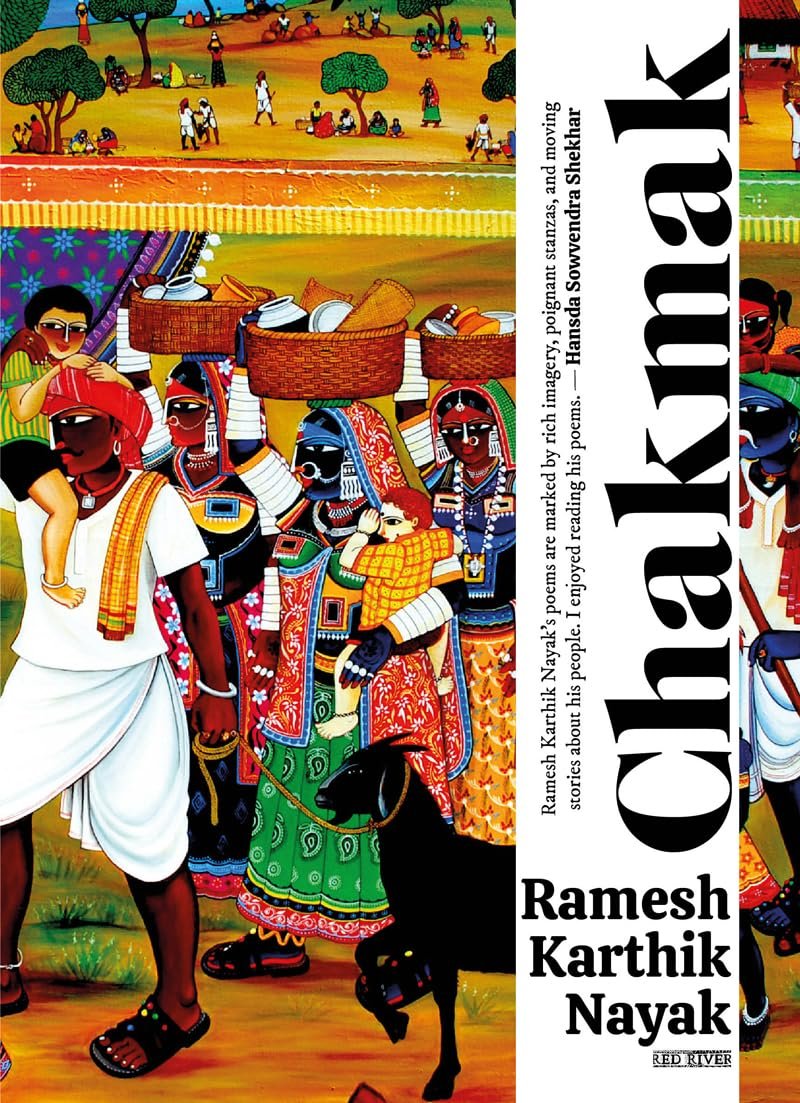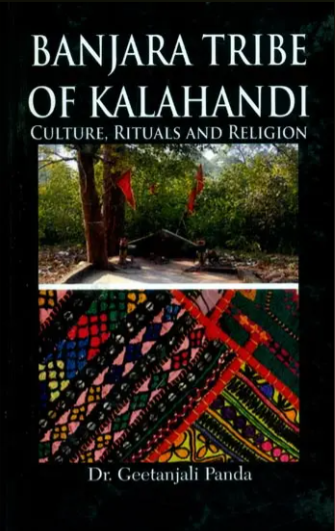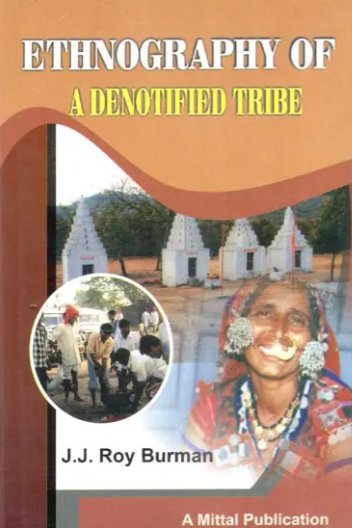
Enthnography Of Denotified Tribes
- Release:2010
- Views:20 times
- Price:₹750
- Pages:212
- Lable:English, J.J. Roy Burman
Enthnography Of Denotified Tribes Book Review
- Title: Ethnography of a Denotified Tribe: The Laman Banjara
- Author: J. J. Roy Burman — an experienced anthropologist associated with the Tata Institute of Social Sciences, Mumbai.
- Publisher: Mittal Publications, 1st edition (2010), approximately 190 pages, richly illustrated with color photographs.
- Focus: A thorough ethnographic study of the Laman Banjaras, a denotified (formerly criminal) tribe in Maharashtra.
Summary of Content
Dr. Burman’s work examines a wide range of social dimensions of the Laman Banjaras—including:
- Historical context: The transition from being branded “criminal tribes” under colonial law to being “denotified” after India’s independence; their forced marginalization through legal and bureaucratic stigma.
- Cultural insights: Daily life, spiritual beliefs, rituals, and socioeconomic roles of the community.
- Social structure: Organization, economic activities, health practices, and community resilience.
- Contemporary challenges: Debates around their status as Scheduled Tribes, continuing discrimination, and the struggle for social upliftment and economic inclusion.
Strengths & Contributions
- Field-based Ethnography
The author draws from rich qualitative research and firsthand observation, offering authentic voices and lived experiences of the community. - Range of Coverage
The book spans topics from belief systems to healthcare, and economic survival—presenting a cohesive, interdisciplinary picture of Banjaras’ lives. - Critical and Cultural Relevance
By highlighting the stigma still tied to denotification and the dynamics of exclusion, the book brings needed scholarly attention to a marginalized but resilient community.
Limitations
- Regional Scope
While deeply insightful, the focus on Maharashtra’s Laman Banjaras may limit generalizability to Banjaras in other Indian states or subgroups. - Academic Density
As a serious anthropological volume, the material may feel dense to general readers not versed in sociological or ethnographic frameworks.
Broader Context & Significance
The Laman Banjaras—a subgroup within India’s broader Banjara community—historically served as nomadic traders (e.g., salt carriers), before colonial disruption drove many into socially stigmatized roles. Dr. Burman’s narrative directly engages with these deeper histories, adding context to their cultural resilience and identity struggles.
This aligns well with broader discussions on India’s Denotified and Nomadic Tribes (DNTs), who continue to face challenges ranging from administrative neglect to social alienation—even post-denotification.
Final Verdict
Ethnography of a Denotified Tribe: The Laman Banjara is a noteworthy and sensitive anthropological contribution. It offers:
- A well-researched voice to a marginalized community
- A holistic perspective combining history, culture, and social change
- Critical insights into post-colonial stigmatization and justice
Ideal for researchers, policymakers, cultural historians, and readers invested in tribal studies and social justice.

